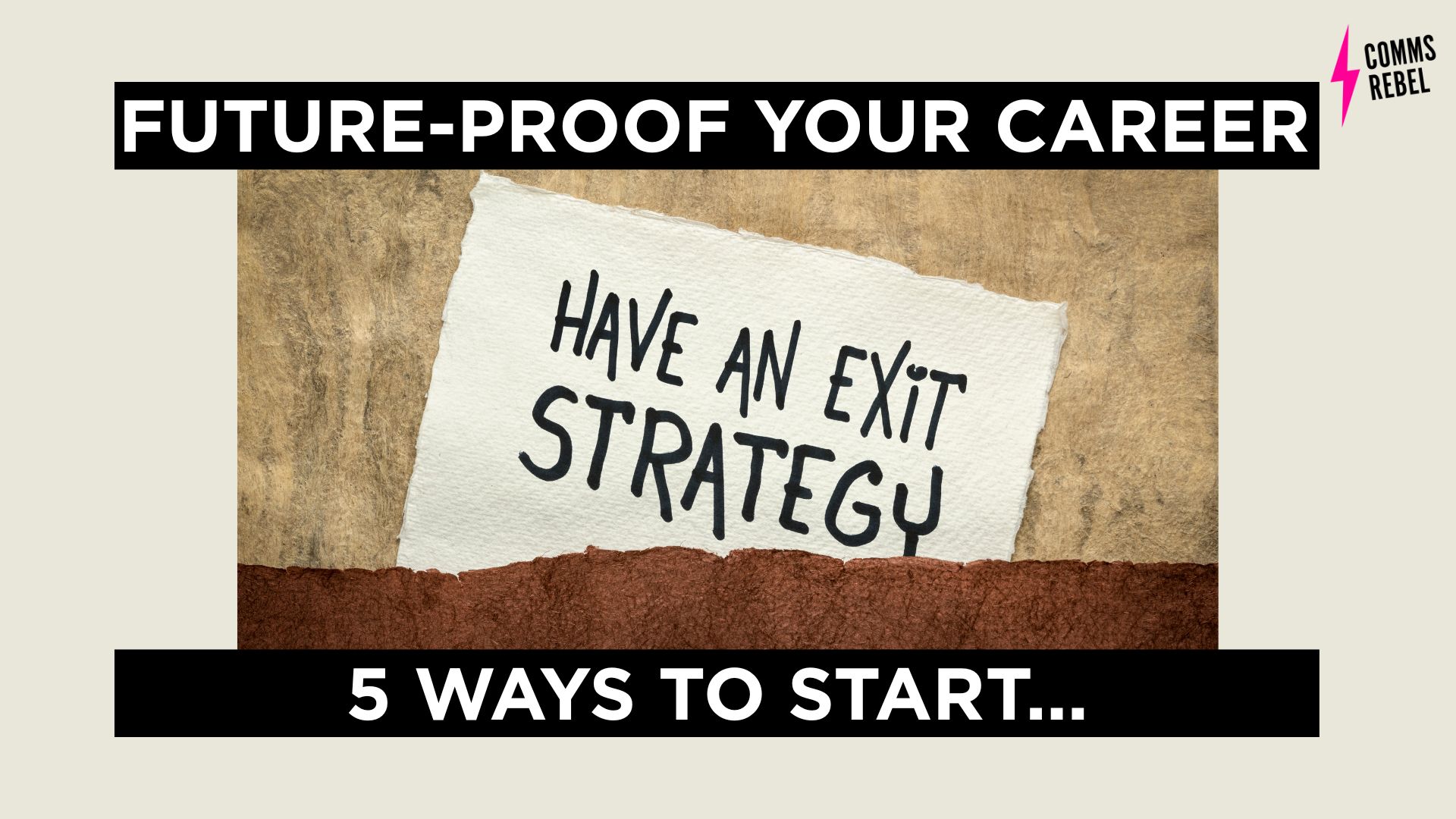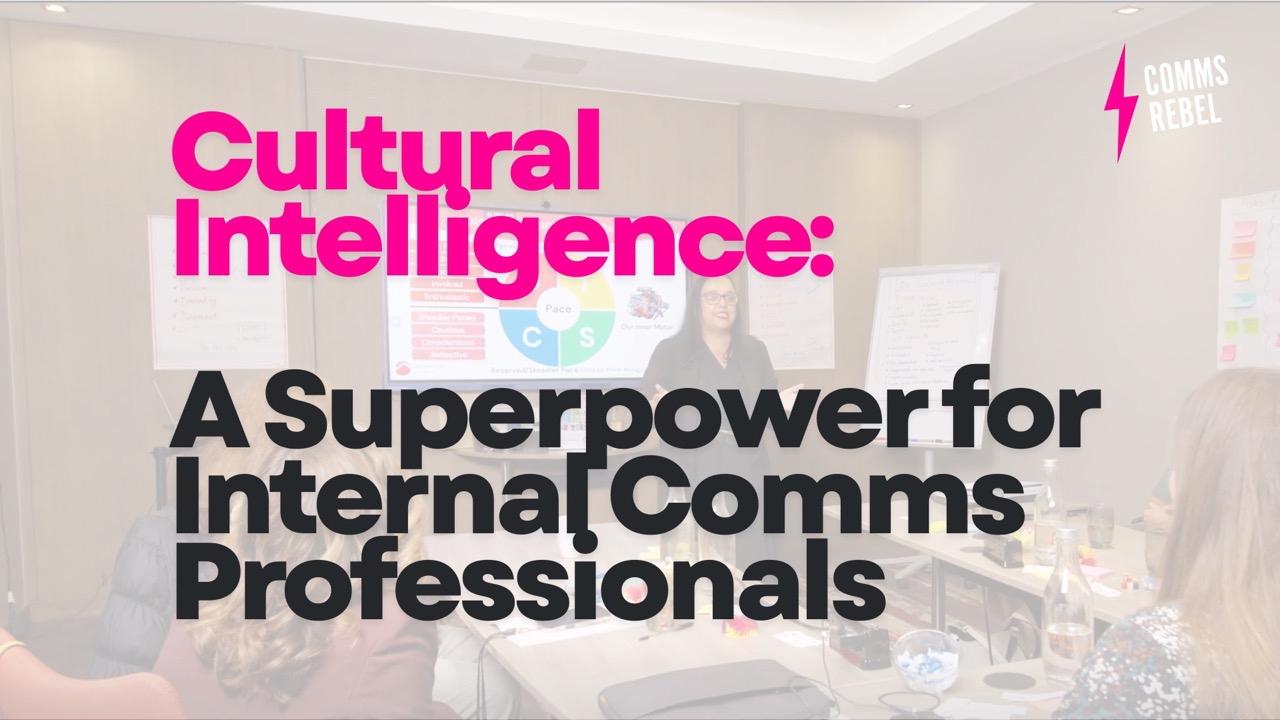Having an exit strategy isn’t about walking into work tomorrow and handing in your notice. It’s not about being disloyal, disengaged, or secretly job-hunting behind the scenes.
It’s about future-proofing your career.
Because no matter how happy you are right now, jobs change. Leaders move on. Priorities shift. And sometimes, decisions are made that take your role in a direction that no longer fits.
So, every single employed person should have an exit strategy. Even the ones who genuinely love what they do.
What is an exit strategy, really?
Think of it as a form of career insurance. It’s your personal plan for staying ready, not reactive, when change happens.
It doesn’t mean you’re planning to leave. It means you’re giving yourself choices. And that, in turn, gives you power, clarity, and confidence in your next step, whether you take it tomorrow or in ten years’ time.
Why an exit strategy matters (even when everything’s going well)
Most people only start thinking about their next move when something forces them to. Redundancy. Restructures. Burnout. Or simply waking up one day and realising, this just isn’t it anymore.
But by then, it can feel urgent, stressful, and overwhelming.
Having an exit strategy in place means you’re not scrambling. You’ve already laid the groundwork. You know your strengths, you’ve nurtured your network, and you’ve built the kind of professional presence that opens doors – even before you knock.
It’s a proactive way of taking control of your own narrative.
How to build your career exit strategy
You don’t need to do all of this at once. But small, regular steps will go a long way in helping you feel more prepared and confident, whatever comes next.
Here are five practical ways to start:
1. Keep your CV and LinkedIn profile up to date
Don’t wait until you’re job-hunting to refresh your CV or update your experience on LinkedIn. Keep a working document of your latest projects, outcomes, and achievements. You’ll thank yourself later when opportunity comes knocking.
2. Nurture your network regularly
Your network isn’t just for job searches; it’s your professional support system. Make time to connect with people, even when you’re not looking for anything. Share insights, comment on others’ work, and check in with old colleagues. Relationships matter.
3. Track your impact
Start noting the tangible impact you’re having. Whether that’s improving engagement, leading projects, mentoring others, or hitting key targets – document it. This is your evidence base for future applications, promotions or freelance opportunities.
4. Keep learning
Stagnation is the enemy of progress. Look for ways to stretch your skills and stay relevant. That might mean formal training, mentoring, shadowing others, or even self-directed learning through podcasts, articles, or courses. Growth builds confidence.
5. Get perspective from others
Talk to mentors, coaches, or trusted peers. Sometimes they’ll see strengths, gaps, or patterns that you miss. They can also help you clarify what you want next and what kind of work really energises you.
It’s about choice, not change (unless you want it)
There’s something incredibly empowering about knowing you’ve got options.
You’re not stuck. You’re not waiting for permission. You’re actively shaping your career path on your own terms.
Whether you decide to stay in your current role for years or explore something new, having an exit strategy gives you breathing space. It lets you approach new opportunities with confidence and make decisions that actually align with your values and goals.
Your future is worth preparing for
You might love your job today. But things can change, sometimes quickly, sometimes slowly. And when they do, the best position to be in is ready.
So, ask yourself: what would your ideal next step look like? And what small action could you take today to bring it one step closer?
PS. If you enjoyed this post, check out Advita’s 5 essential rules.


